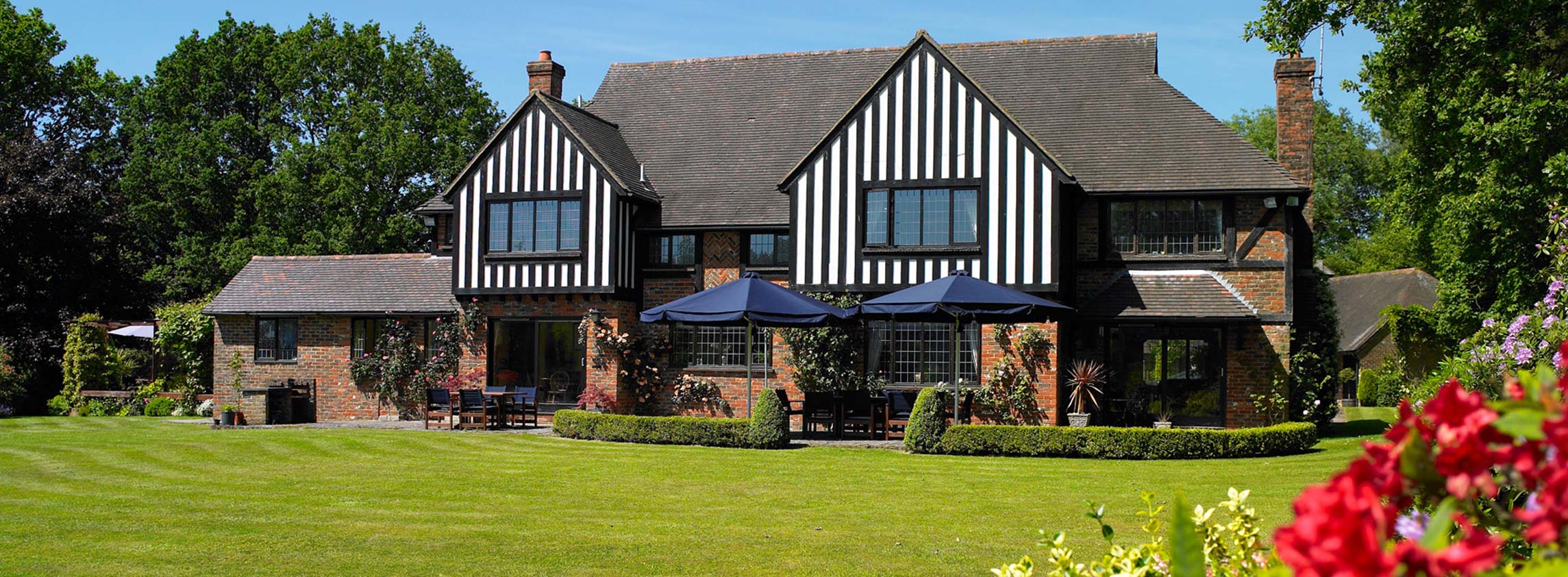New priorities shape rental demand
Covid-19 has impacted the prime rental markets in many ways. While initially experiencing a boost in activity, an increasing amount of stock from short lets (as well as new build completions in some markets) has put pressure on London rents.
This is despite an increase in applicant demand since the market reopened. As of mid-June, the number of new Savills applicants registering each week is 42% higher than the same period in 2019 and 55% higher than the average for the 12 weeks pre-lockdown.
Outside of London, prime rents across the commuter belt continue to increase as a result of strong demand for family housing. Many people are reconsidering what they want from a home, with some deciding to relocate and rent before committing to a purchase. As such, for markets outside London the weekly number of new applicants is 77% higher than the weekly average for the first 12 weeks of 2020.
Much of what happens next will depend on how quickly the short-let stock in London moves through the market, and whether the current levels of tenant demand are sustained through the rest of the year given the fragile short-term economic outlook.

Passfield, Hampshire £5,950 per month
Prime rents across the commuter belt continue to increase
Rents across prime London fell by an average of 2.0% in the three months to June 2020, leaving them 0.3% below where they stood a year before, in a market which had witnessed a strong start to the year.
North and East London and prime central London saw the largest rental falls over the past quarter of 3.6% and 2.8% respectively. Despite increasing levels of demand, the major challenge has been higher levels of stock coming to the market during lockdown, from both short lets entering the market and completing new build stock.
Elsewhere in London, rental values have been more robust. South West London saw only a modest fall of 0.6%, while West London saw prime rents increase by 0.7% in the second quarter. These markets have benefitted from a strong family house market in areas such as Chiswick and Wimbledon.
An increase in stock has put pressure on rental prices in London, while rents across the commuter belt continue to increase as a result of strong demand
Savills Research
Across prime London, a desire for more space following lockdown has seen houses hold up better than flats in the second quarter of 2020. As a result, rents for prime houses fell by 1.1% compared to a fall of 2.6% for flats over the past three months. This is a reversal of the trend seen over the past five years where the strength of demand from young professionals has seen flats outperform.
But in the prime markets up to an hour out of London, rents increased by 0.8%, marking the second consecutive quarter of rental growth. This now leaves rents 0.9% higher than a year ago. This recent growth has been driven by an increase in demand from London-based tenants in particular. Indeed, 93% of our agents in the commuter belt reported they had seen an increase in London applicants over the past three months. Pent-up demand has, in turn, led to more competitive bidding, with half of our agents seeing multiple bids in the commuter belt.
Areas furthest from London, including Farnham and Winchester, performed strongly over the past three months. With less emphasis on commuting daily to London for work, tenants are pushing beyond the traditional commuter markets in search of more countryside and village locations. Our agents also reported an increase in the number of ‘try before you buy’ tenants with many renting in a new area before committing to a purchase.
Tenants seek more space, inside and out
Lockdown has affected the needs and wants of tenants, with interest increasing not only for more space, but also specific locations and property attributes.
With many people working from home during the lockdown period, a desire for more inside space has increased. Across prime London and the commuter zone, 79% of Savills agents reported an increase in demand for properties with a separate space to work from home. Similarly, a strong WiFi or internet connection is now higher on tenants’ requirements, particularly in markets outside of London.
Larger properties have also seen an increase in demand in the outer commuter belt. Those with five or more bedrooms have outperformed over the past three months, with quarterly growth of 1.2% as opposed to only 0.6% growth for one- or two-bedroom properties. This is a reverse of the trend we have seen over the past five years on the back of increased demand for prime family housing.
Good schools have therefore become more of a driver of local demand in the commuter belt: 43% of agents have seen an increase in demand for property serviced by good educational facilities, as more families look to move out to the commuter zone and take advantage of the value and space on offer.
But it’s not only demand for inside space that has increased; 96% of agents reported an increase in demand for property with a garden or other outside space. In prime London particularly, properties with a private garden have been more robust over the past three months, in some cases attracting premiums. Properties closer to local parks have also seen an increase in demand, according to our London agents.
As tenants reassess their requirements following lockdown, the ability to walk or cycle to work is now also higher on their list of requirements. Two-thirds of our London agents are seeing an increase in demand for property where this is possible, particularly in South West and West London.
Outlook
Tenant demand has looked remarkably robust since the reopening of the market, with some potential buyers favouring the flexibility of the rental market as events around Covid-19 progress. But the experience of lockdown has meant that a property’s attributes, more so than value, have become the driving factor.
While stock has increased across London, this has, in most cases, been matched by an increase in tenant demand. For those markets particularly affected by an increase in supply, there is likely to be downward pressure on rental values in the short term.
So the question remains as to how quickly the additional available stock will be absorbed by the market or, in some cases, returned to the short-let market. Both are going to be determined by how quickly the UK can recover from the effects of Covid-19 and progressively return to ‘normal’.
As the tourism industry begins to reopen, even just to domestic tourists, the amount of short-let stock across central London and in markets such as Shoreditch could move through the market fairly quickly.
The return of international travel could also see the reappearance of students to the London market in the autumn, as well as more demand from corporate relocations as companies regain confidence in the economy.
The strength of the economy going forward will be the driving factor for tenant demand. The furlough scheme has protected many jobs from redundancies, but when that comes to an end there is anticipated to be an increase in unemployment rates across the UK (though not to the same extent seen in the global financial crisis). This could have an impact on domestic and international corporate demand, and in markets underpinned by young professionals, it may create a ceiling to which rents can increase if wages do not see the same rate of growth.
Covid-19 is expected to have a v-shaped impact on the UK economy, with a short sharp fall in GDP met with strong growth over 2021. There is likely to be a similar reaction in the prime rental market in London, with short-term pressure on pricing but more capacity for growth over the longer term as stock levels steady.
For rental markets in the commuter belt, the current strength of demand for family housing should underpin more steady growth over the next few years.
Read our latest commentary on Prime sales in our latest Market in Minutes research here.
